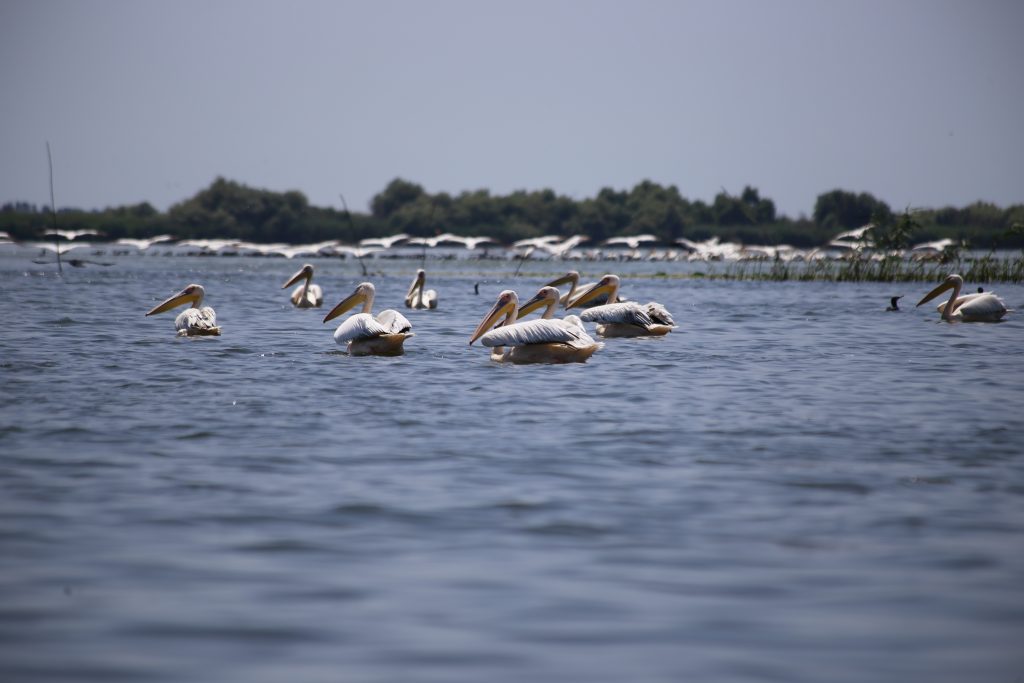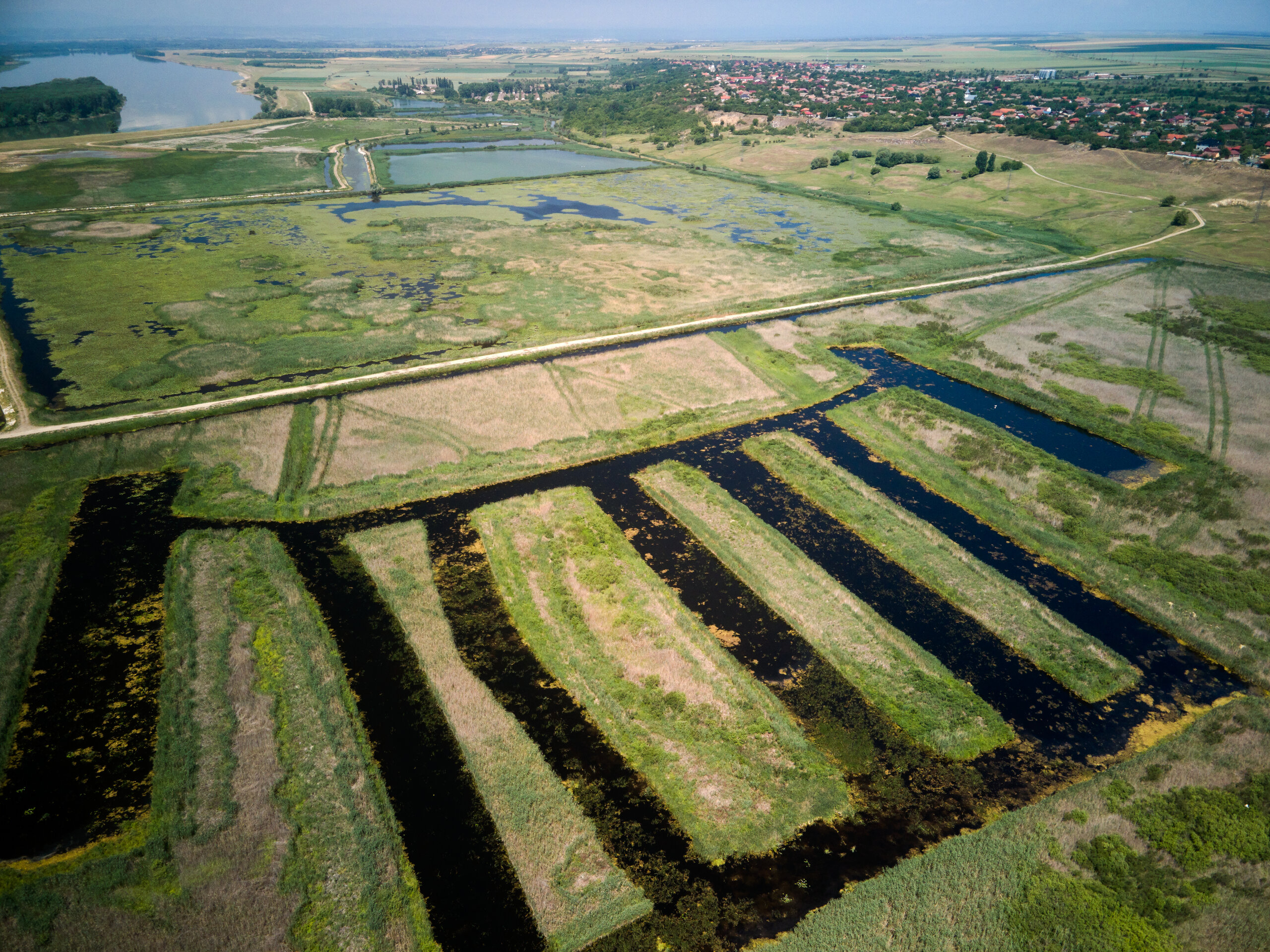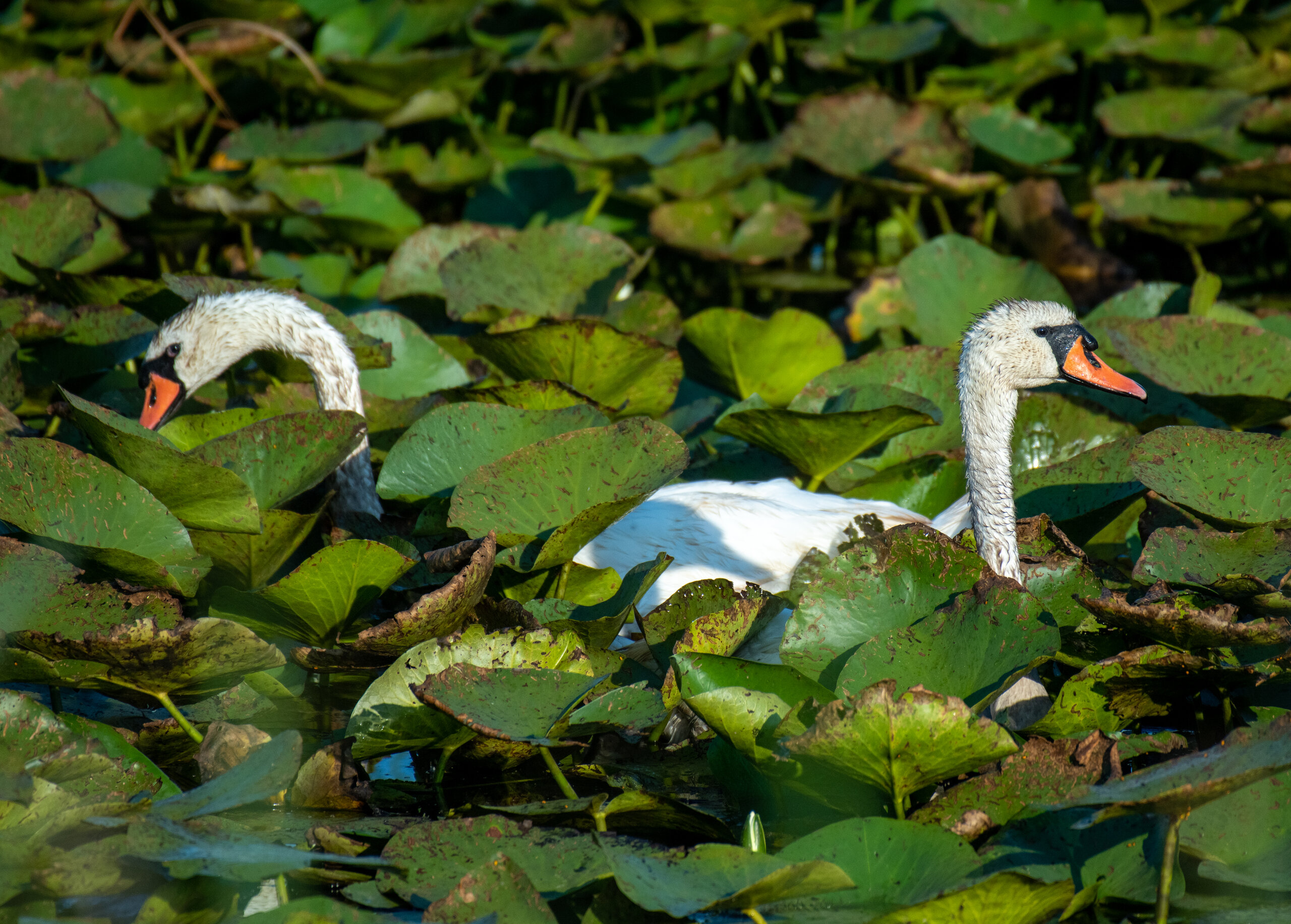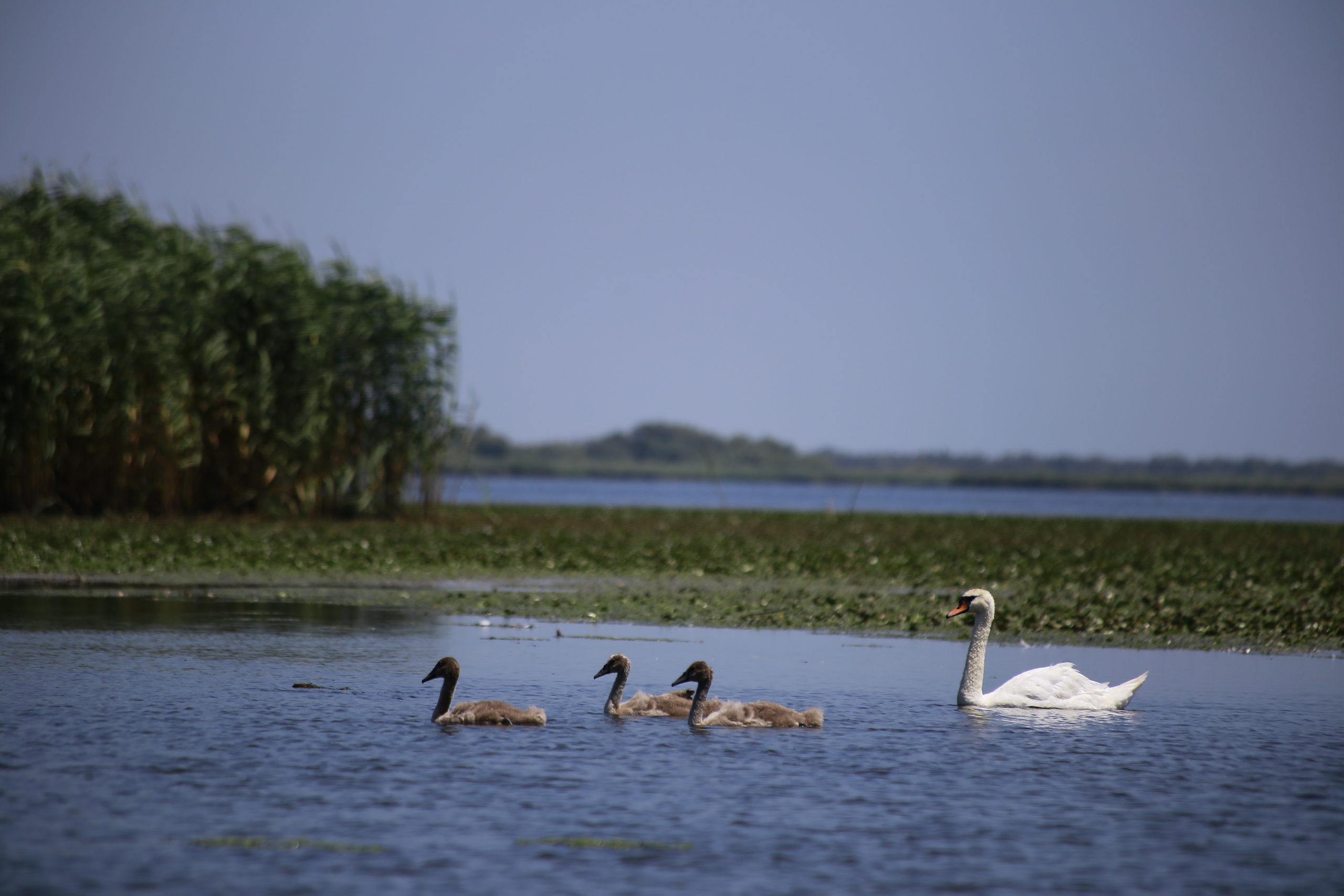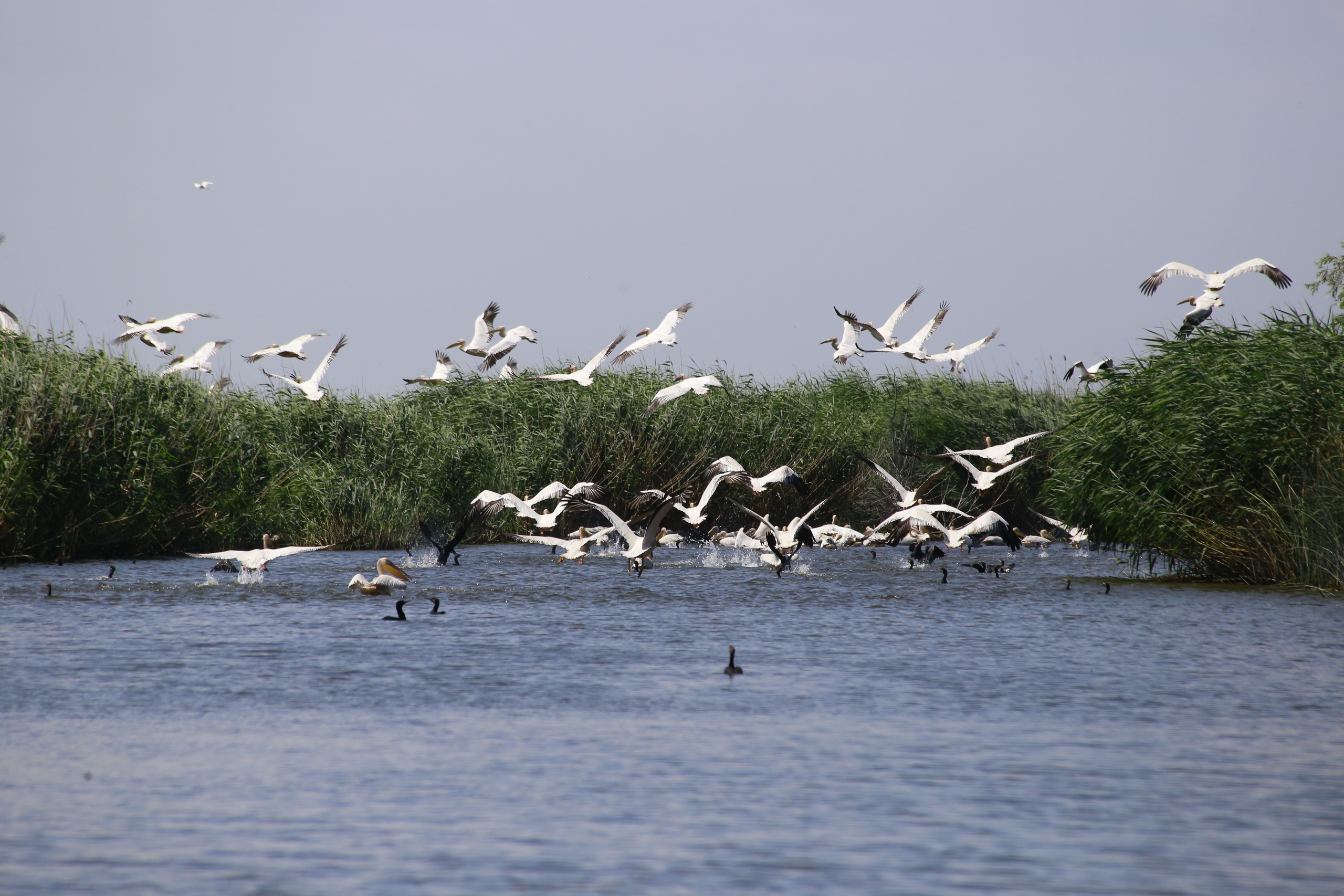Ecological restoration of wetlands - the promise of a future

Text: WWF-Romania
One of the oldest and most respected environmental organizations in the world, WWF, has been carrying out ecological wetland reconstruction projects in Romania for years. What are these reconstructions and what are they for?

We didn't start yesterday. We have been involved in ecological wetland reconstruction projects in Romania for 30 years.
We started in 1993, when we were partners in a pilot project to rehabilitate the Babina (2,200 hectares) and Cernovca (1,580 hectares) agricultural polders in the Danube Delta. The entire area has been reconnected to the delta system, benefiting fish, which have found a habitat and breeding ground, birds, which have regained a place to rest and feed, and local people.
This was followed by projects at Fusea, on the middle Argeș river, in a former quarry, where we improved the ecological conditions for the species, Balta Geraiului, where we restored the hydrological regime over 1,000 hectares, which was beneficial for the nesting conditions of the red duck and the dwarf cormorant, and, in recent years, Mahmudia and Gârla Mare.
What does ecological reconstruction mean for us? It's about restoring aquatic ecosystems in the Danube meadows and the Danube Delta, especially in areas where land use is economically inefficient. "Ecological reconstruction" is a scientific term, used today in a wide variety of environments (not only in our vocabulary, that of environmental activists, but also in the vocabulary of governments or the European Commission, for example). It is a process by which a degraded, damaged or destroyed ecosystem is restored - this can include renaturation in areas affected by extractive activities or pollution, but also the reintroduction of species or the revival of habitats in areas where the area or population size has been significantly reduced by human actions.
In the case of wetlands (marshes, swamps, deltas), ecological reconstruction helps reduce the risks of floods and droughts, diversify sources of food and income, can lead to economic growth, build on traditions, diversify ecosystem types and biodiversity, increase resilience to climate change and health benefits.
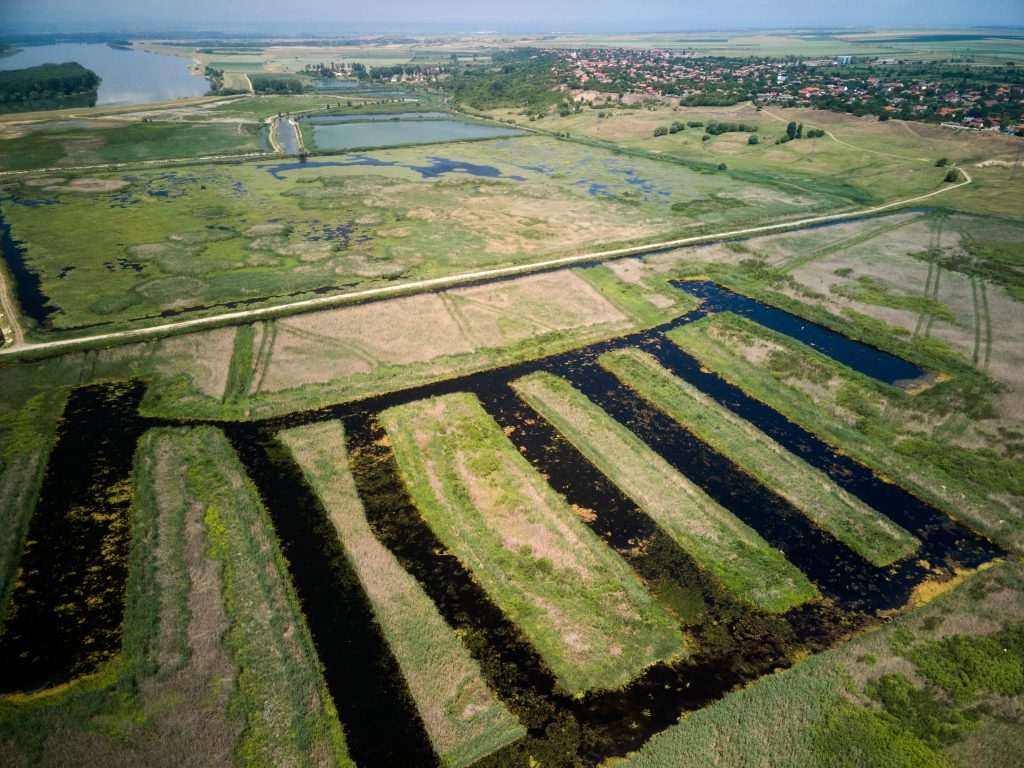
Mahmudia
In Mahmudia, in the Danube Delta, the Carasuhat agricultural development was realized in 1985-1989 by disconnecting it from the Danube. But the work was stopped in 1990 and 70% of the area has not been returned to its original purpose and the natural deltaic regime has not been restored.
We have reconnected 960 hectares with the Danube and thus created suitable hydrological conditions for the development of more than 18 Natura 2000 habitats. In addition, on an area of 10 hectares, we replanted native tree species of high ecological value in the Danube Delta - white poplar, willow and ash - and provided nesting platforms for the white-cheeked duck and the common reed.
In addition to the concrete objectives of ecological reconstruction, from the outset we had in mind the improvement of water quality, water storage or flood wave attenuation, as well as the possibilities for the local community to develop traditional eco-tourism, fish farming and agricultural activities.
The effects are already being seen: of the 63 bird species that have found their "home" in the area, 22 are classified as vulnerable, endangered or rare). In terms of the economic development of the community, the number of guesthouses in the locality has increased from 2-3 (until 2017) to 17 in 2019.
We are further promoting sustainable economic activities in Mahmudia-Carasuhat - we will build an infrastructure for visiting the area and birdwatching and install thematic information boards.


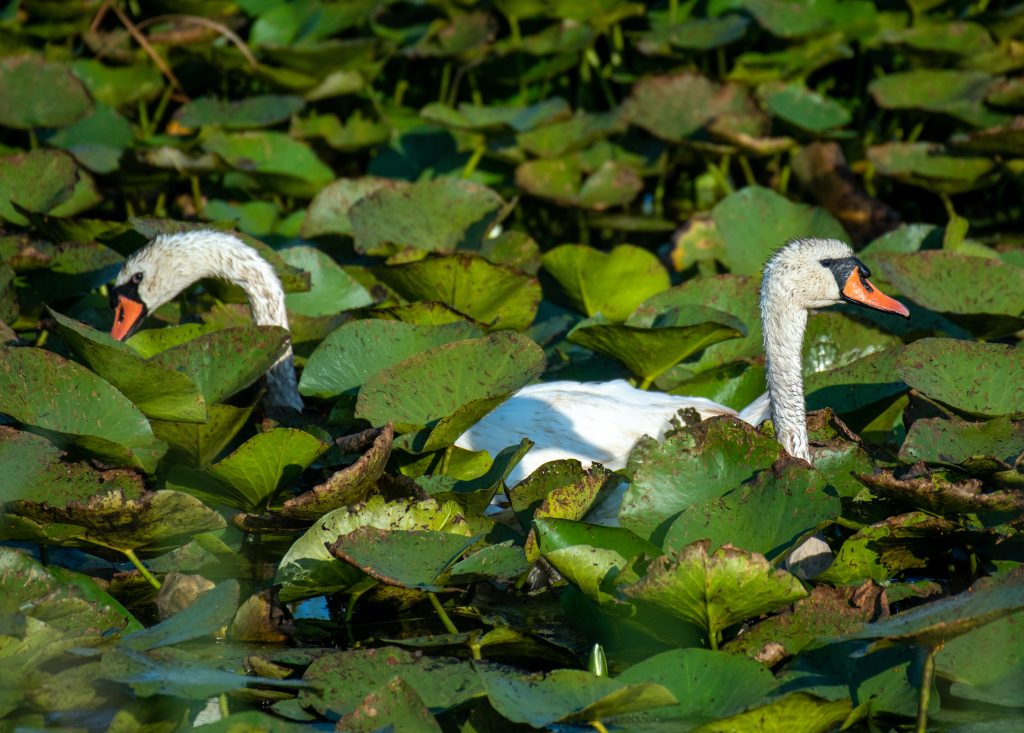
Gârla Mare
At kilometer 836 of the Danube, in Mehedinți county, is the Gârla Mare wetland, formed on the site of a former arm of the river. In the 1980s, this arm was converted into a fish farm. After the 1990s the fish farm reduced its activity, which led to the reedbeds of the unused ponds.
The main objective of the project was to increase the water storage capacity and diversify habitats on 400 hectares and we did this by creating reeded water meshes, reinforcing the dykes and replacing a weir, and increasing the conveyance capacity of a canal to allow more water to enter the wetland.
The area, sometimes referred to as the Mehedinți delta, is home to over 80 species of flora and fauna, including otters, red-bellied pond otters, white storks, great and little egrets, herons, gulls, gophers, blue gulls, nagas and lake turtles.
In addition to the ecological benefits, the renaturation of the Gârla Mare contributes to the storage of more than 5 million m3 of water during floods on the Danube and thus reduces the risk of flooding for downstream localities. Reconstruction also means access to new resources for the local community and the prerequisites for socio-economic development, once the area becomes attractive again for fishing and ecotourism.
We are not going to stop today or tomorrow. After years of initiating and carrying out several pilot projects to restore rivers, streams and floodplains with local, national and international strategic partners, we can say that we have gained experience and resilience, just like the ecosystems we have helped to revive. In the years to come, a wave of ecological rewilding, in wetlands and beyond, will follow all over Europe, but also in Romania. We will get involved in as many of these projects as we can and share our vision and experience so that as many areas as possible come back to life and communities enter the path of sustainable prosperity.
